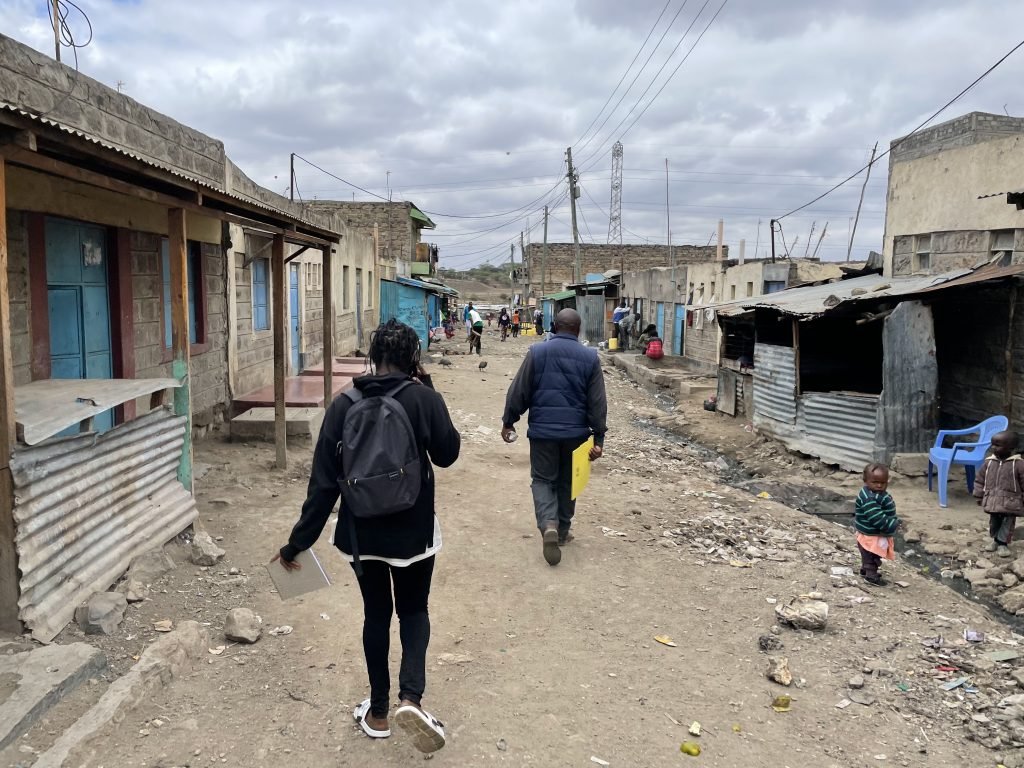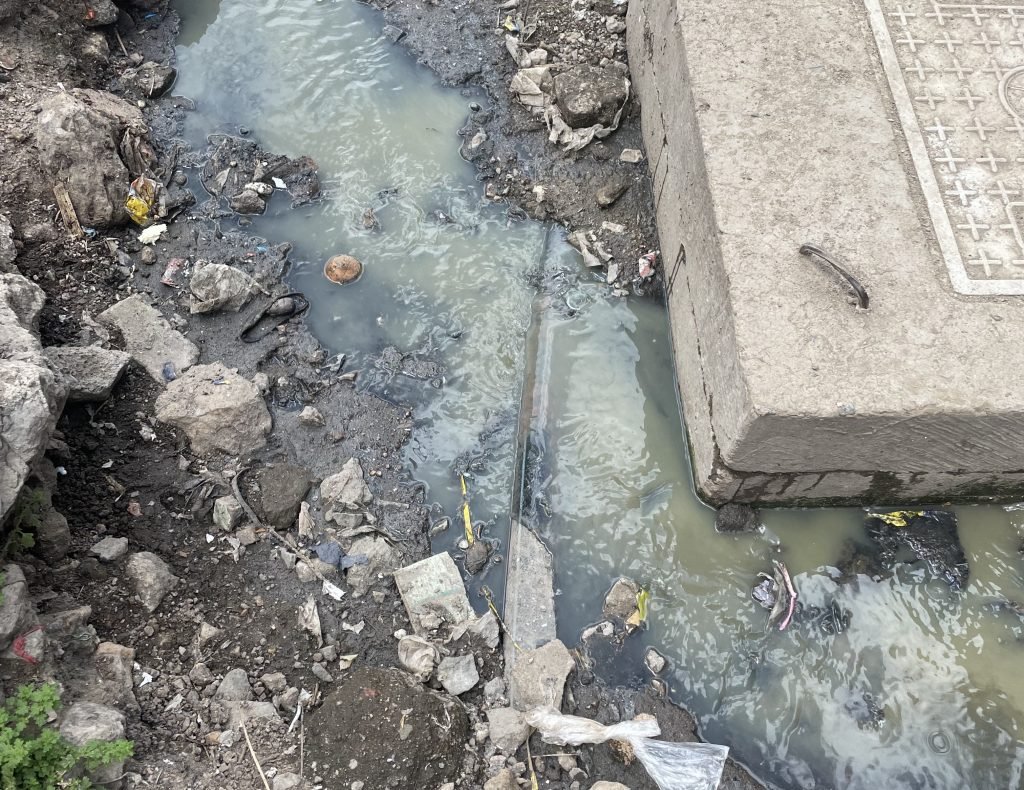By Derek Ford
The first pro-Palestine demonstration called after the latest counterattack by a host of Palestinian forces on October 7, endorsed by Students for Justice in Palestine, the ANSWER Coalition and others, put matters very plainly:
Today, we witness a historic win for the Palestinian resistance: across land, air, and sea, our people have broken down the artificial barriers of the Zionist entity, taking with it the facade of an impenetrable settler colony and reminding each of us that total return and liberation to Palestine is near. Catching the enemy completely by surprise, the Palestinian resistance has captured over a dozen settlements surrounding Gaza, along with many occupation soldiers and military vehicles. This is what it means to Free Palestine: not just slogans and rallies but armed confrontation with the oppressors.
Of course, the colonisers do not want to hear such realities and hypocritically condemn them as ‘violent’ and ‘terrorist.’ In Indianapolis, we had to keep our coalition together in the face of the fear-mongering by both Democrat and Republican politicians. Unfortunately, many on the academic ‘left’ – already predisposed to conciliatory readjustments – continue echoing the same talking points as the State Department.
Henry Giroux, for example, contends that ‘The reach of violence and death in Israel by Hamas is shocking in its depravity and has been well-publicised in the mainstream media and in other cultural apparatuses.’ For a ‘critical’ scholar, it should instinctively raise questions when one finds truth in the pro-Zionist media and cultural outlets and remains merely satisfied with noting the ‘one-sidedness’ of such coverage. Giroux goes further still, calling us to do more than ‘exclusively condemn Hamas’s atrocious violence as a violation of human rights’ and to hold Israel’s apparently asymmetrical violence to equal condemnation. ‘Refusing to hold all sides in this war to the standards of international law is a violation of human dignity, justice and democratic principles,’ Giroux proclaims.
Palestinian resistance: Armed love
I recommend revisiting Paulo Freire’s Pedagogy of the Oppressed, where he unequivocally denounces such false equivalences. ‘Never in history,’ he writes, ‘has violence been initiated by the oppressed. How could they be the initiators if they themselves are the result of violence?’ It is rather the oppressors who trigger violence and ‘not the helpless, subject to terror, who initiate terror.’ Furthermore, the counter-insurgency of the oppressed, the ‘violence’ or ‘terror’ they wield, is in reality ‘a gesture of love.’
For Giroux, however, Hamas’s heroic attack on October 7 is ‘brutal and heinous’ and ‘horrific.’ To be fair, he acknowledges that Israeli Occupation Forces have murdered more children than ‘Hamas.’ Yet he swiftly returns to the equation, arguing that both Israel and Hama are united by ‘the violence done against children,’ which is apparently ‘used simply as a prop to legitimate and continue the war and the ongoing death and suffering of children, women, and civilians.’
Simultaneously, in the article titled ‘Killing Children: The Burdens of Conscience and the Israel-Hamas War,’ Giroux commands us not to equate Hamas with Palestine. Fair enough; no single entity represents an entire people. Yet Hamas is one of many resistance forces operating under a united front, along with the Popular Front for the Liberation of Palestine, the Popular Resistance Committees, the Al-Quds Brigades and countless others. This is beside the point: those of us in the US have absolutely no business telling the colonised how to resist colonisation, nor what armed groups should resist and on what grounds!
One wonders what such academics would have written about Nat Turner’s historic 1831 rebellion in Virginia. In August of that year, Turner led a group of six slaves to freedom. They killed their slaver, Joseph Travis and his family before traversing plantations to free more enslaved Africans by force. Along the way, ‘free’ Blacks joined their army of about 70 people.
They took money, supplies and weapons as they moved and eliminated over 55 white slave owners and their families. Their violence was not altogether indiscriminate, and, in fact, Turner ordered his troops to leave the homes of poor white people alone. Still, they killed children in their march towards freedom.
Should we remember this remarkable uprising as a tragedy to be condemned, albeit less so than the violence of the slavers? No! We celebrate Turner’s rebellion as we do all revolts of the oppressed worldwide throughout history!
Their violence was humanising, a necessary measure to prevent them from enslaving others and part of a long tradition of insurrection that ultimately overthrew chattel slavery in the US.
No demonisation of the oppressed
After an amazingly long chase, once the slavers found and killed Turner, the white supremacist papers condemned him and his motley crew for their barbaric violence. How would you respond? ‘Yes, it was terrible, but slavery is worse?’
Things are different today. All imperialist wars are for ‘democracy’ and ‘human rights.’ So it was with Iraq, Afghanistan, Iraq again, Libya, Syria, you name it. In each instance, the propaganda is quickly absorbed by our critical intellectuals. I remember Noam Chomsky endorsing UN Resolution 1973, put forward by the ‘saviours’ of humanity like Italy and the United States on March 17, 2011, imposing a ‘No-Fly Zone’ over Libya. Of course, this only applied to the Libyan air force, not to the US and its NATO allies.
There was relentless propaganda about an ‘impending massacre’ in Benghazi when, in reality, the small armed uprising was on the verge of defeat by the massively popular (and, it goes without saying, flawed) Jamahiriya government of Moammar Gaddafi. It turns out there was no impending massacre, nor was there any validity to the accusations of ‘mass rape.’
The same is true of October 7, 2023. As it turns out, the Israelis massacred their own people. The air force admitted one commander ‘instructed the other fighters in the air to shoot at everything they see in the area of the fence, and at a certain point also attacked an IDF station with trapped soldiers in order to help the fighters of Navy commando unit 13 attack it and liberate it.’ Yasmin Porat confirmed the Israeli army massacred civilians after the courageous Hamas counterattack and, moreover, said Palestinian resistance forces who ‘kidnapped’ her did not treat her inhumanely and did not intend to murder her.
For those with a cursory knowledge of the ongoing ethnic cleansing of Palestine, this is not surprising.
No purity in the fight against oppression
Let’s imagine that the lies told by the State Department and distributed by their stenographers in the media were all true. Even then, why would anyone in the US or any imperialist nation that is currently sponsoring the Israeli genocide feel any need to ‘condemn’ or even denounce the heroism of those fighting back?
The answer is simple: standing up to the demonisation campaign is difficult, especially early on. Yet how many have heard the endless outrageous lies used to dehumanise primarily Black and Brown heads of state, governments, militaries, and populations? The real question is: how many of us have heard the retractions? How many of us have questioned our national chauvinism and privilege? Why would anyone entertain the notion that Hamas wants Israel to continue bombing its people and infrastructure?
It goes without saying that I don’t share a political allegiance to Hamas, and neither do the myriad forces uniting with them to defend their people – and the people of the region and world – from the genocidal apartheid regime of Israel!
Moral purity is an idealism only those cloistered in their academic offices can afford. Still, it’s a waste of money. I guess, at the very least, it shows us what critical academics are willing to criticise the oppressors and not the oppressed. Me? I’m unequivocally and proudly on the side of the oppressed.









